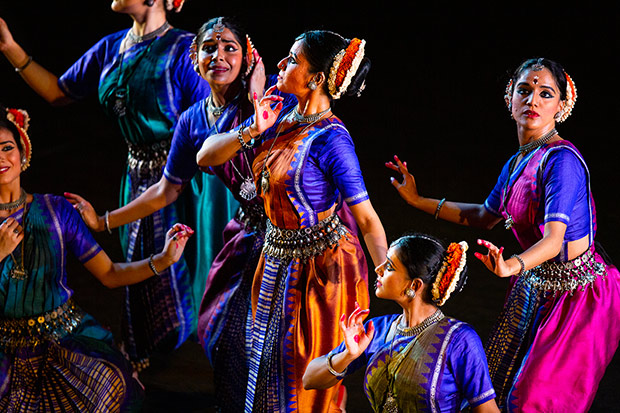
© Rehmat Rayatt. (Click image for larger version)
Madhavi Mudgal
Vistar
★★★✰✰
London, Sadler’s Wells
Part of Darbar Festival (curated by Akram Khan)
26 November 2019
www.facebook.com/pg/mudgalmadhavi
www.darbar.org
www.sadlerswells.com
I was Johnny-come-lately to this year’s Darbar Festival, arriving just in time for the final show, having missed what had promised to be a fascinating line-up of Indian music and dance, featuring such stars as Nahid Siddiqui, Aditi Mangaldas and Mavin Khoo. The Festival began in 2006 as the Darbar Arts Culture Heritage Trust’s one-off tribute to the legendary tabla player and teacher Bhai Gurmit Singh Virdee and then continued as an annual music festival until 2017 when Akram Khan was invited to curate dance content for an expanded event.
I didn’t miss Khoo entirely since he gave an eloquent onstage introduction to Madhavi Mudgal’s Vistar, which was especially helpful to this audience member since while I have seen a good deal of Indian classical dance, it has mostly been restricted to the more ubiquitous disciplines of kathak (the speciality of Khan and Mangaldas) and bharatanatyam (Khoo’s own dance form) as well as a soupçon of the dance-drama genre of kuchipudi from the south-eastern state of Andhra Pradesh. I had never previously encountered odissi, another of the eleven major forms of classical dance in India. Odissi originated in the Hindu temples of Odisha, a state on the Eastern Indian coast, and is almost exclusively performed by women.
So, I confess to coming to Mudgal’s programme with no prior experience of odissi and zero expertise upon which to make any judgements about the performance. But everyone has to start somewhere and it strikes me that this was as good an introduction to this ancient form of dance, with origins that go back several hundred years (possibly more than two millennia), as I am ever likely to get outside of India.
The concept, choreography and costumes were also all the work of Mudgal, and much of the music was composed by her brother, Madhup, a Hindustani classical singer. A planned programme of six pieces was reduced with a trio (Ragamalika Pallavi) being withdrawn. An ensemble of seven beautifully costumed women performed the remaining works, supported by a sextet of musicians, including Mudgal herself, performing on manjira (cymbals) as well as introducing each work and appearing on stage briefly and very expressively. The Indian tradition of the musicians facing the performers sideways from in front of the wings means that only the one immediately downstage can be seen!

© Rehmat Rayatt. (Click image for larger version)
The performances took place under and in front of a temple of light, designed by Aideen Malone and Ric Mountjoy, comprising a moveable structure of at least a thousand bulbs, switching colours from red to white. This structure resonated with the architectural shapes made by the dancers. There is a mannered and refined gentility in the movement style; bodies and arms beautifully shaped with the eloquent symmetry of body bends (bhangas). The dancers shift weight and balances with an imperious fluidity, making elegant angular curves and holding lovely sculptural poses that appear to reflect the antiquity of the temples in which odissi was first performed. The symbolic dance drama aspects of this performance art are evident in the overt facial expressiveness (abhinaya) and gestural mime (mudras). There is also often the impression of overlapping geometrical patterns in the respective positioning of the dancers who regularly wear ghungroos, strips of small metallic bells tied above the dancers’ ankles that are common to many forms of Indian classical dance. The discipline of using ghungroos to accentuate the rhythmic base for the dance was flawlessly delivered.
The opening work – Ganga Stavan – was an invocation to the sacred waters of the River Ganga that originates from a thirteenth century Sanskrit text. This was followed by Trayl (meaning three) which depicts the Indian seasons of spring (vasant), summer (grishma) and monsoon (varsha); and Teevra Madhyam, which appears not to be based on any text but is an exercise in pure musicality. By contrast, Oriya Song concerns the romantic narrative of Krishna and Radha and is based on original choreography by Guru Kelucharan with music by Bhubaneswar Mishra.
The final work – Pallavan – seemed something akin to an odissi equivalent of a ballet class, or at least an academic exploration of both the main concepts and the time signatures of Indian classical dance. It was instructive, showing that dance which seems so uncomplicated masks a myriad of complexities (also showing the similarities in this respect between different forms of classical dance – these metric, rhythmical structures reminiscent of flamenco palos). All-in-all I am very happy to have broadened my dance experience with this introduction to the divine sensibilities and sculptural lines of odissi. I look forward to knowing more.












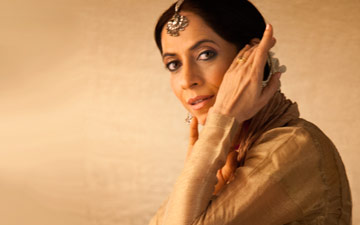
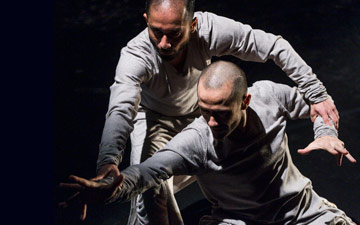
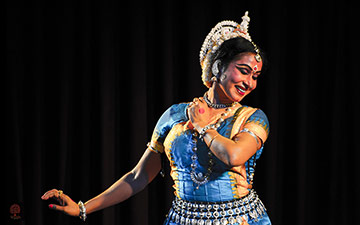
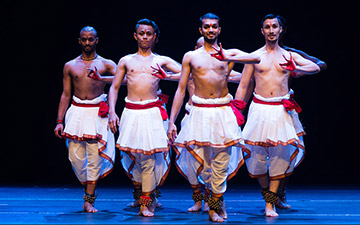

You must be logged in to post a comment.